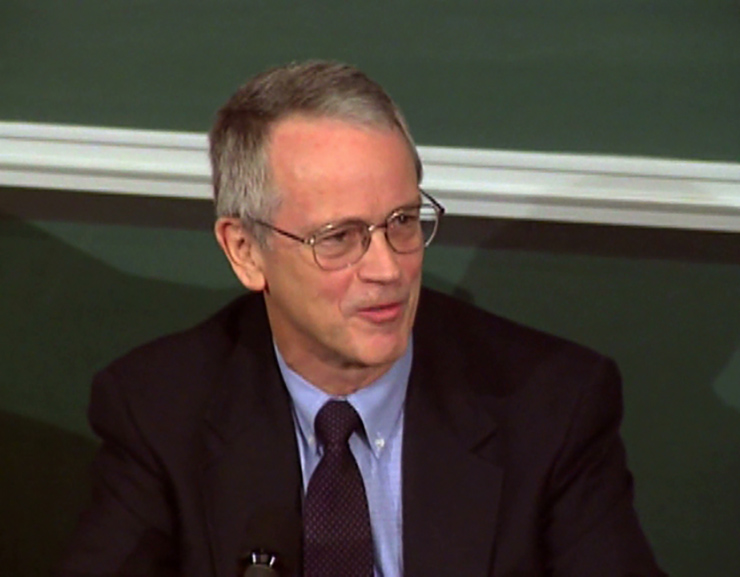MIT Science Reporter—"One Part in a Trillion" (Excerpt)
[MUSIC PLAYING]
FITCH: This man is recording traces of impurities in a metal. Impurities so infinitesimal that special research techniques are needed to detect and analyze them. Scientists have found that in order to keep pace with developments in modern technology they must be able to fingerprint impurities as minute as one part in a trillion. This is our story today on Science Reporter.
PRIEST: You are at the United States Army Materials Research Agency, an agency responsible for basic scientific research and materials.
O'CONNOR: Here we have a photograph of a cricket laying on a block of steel taken with neutrons. Had that been taken with x-rays with this heavy block of steel just nothing would have come through. There would be no interaction of the cricket. But with neutrons, with its highly specific interaction with the hydrogen and carbon in the cricket, here we see the neutrons going through the steel and finding this little, very light cricket laying on top of it.
ANTAL: With the reactor operating, you can look right down into our reactor. You can actually see the fuel elements at the very bottom there.
FITCH: Why isn't it dangerous?
ANTAL: Well, in this direction, in the vertical direction, we use water as a shield we have almost 22 feet of water between us and the reactor.
FITCH: Today we've been visiting the United States Army Materials Research Agency in Watertown, Massachusetts. Our guests have been Dr. Homer Priest, Mr. jack O'Connor, and Dr. John Antal. I'm John Fitch, MIT Science Reporter.

































